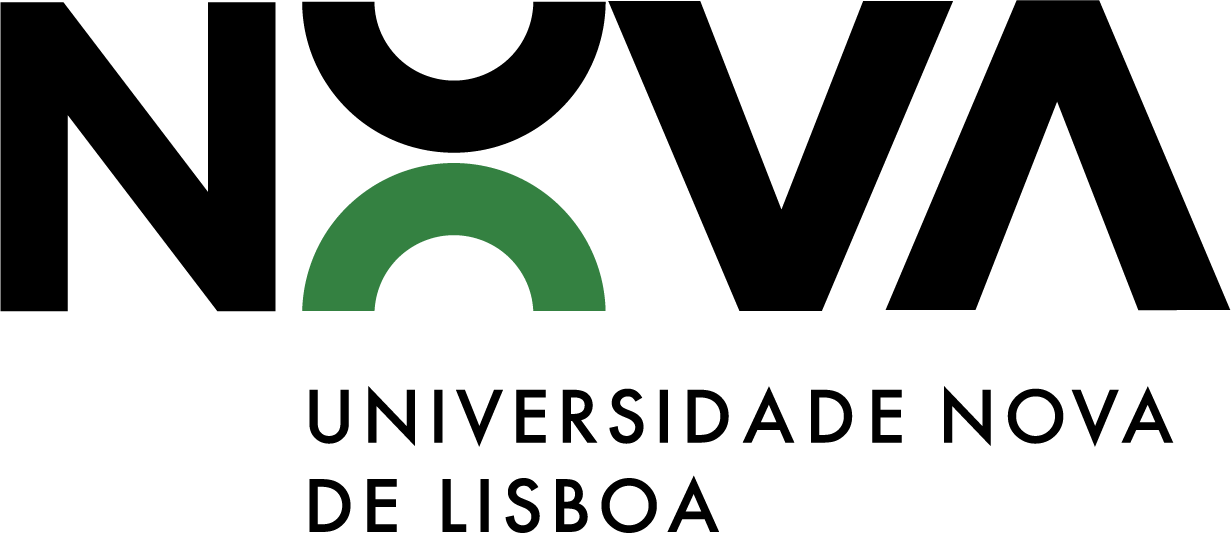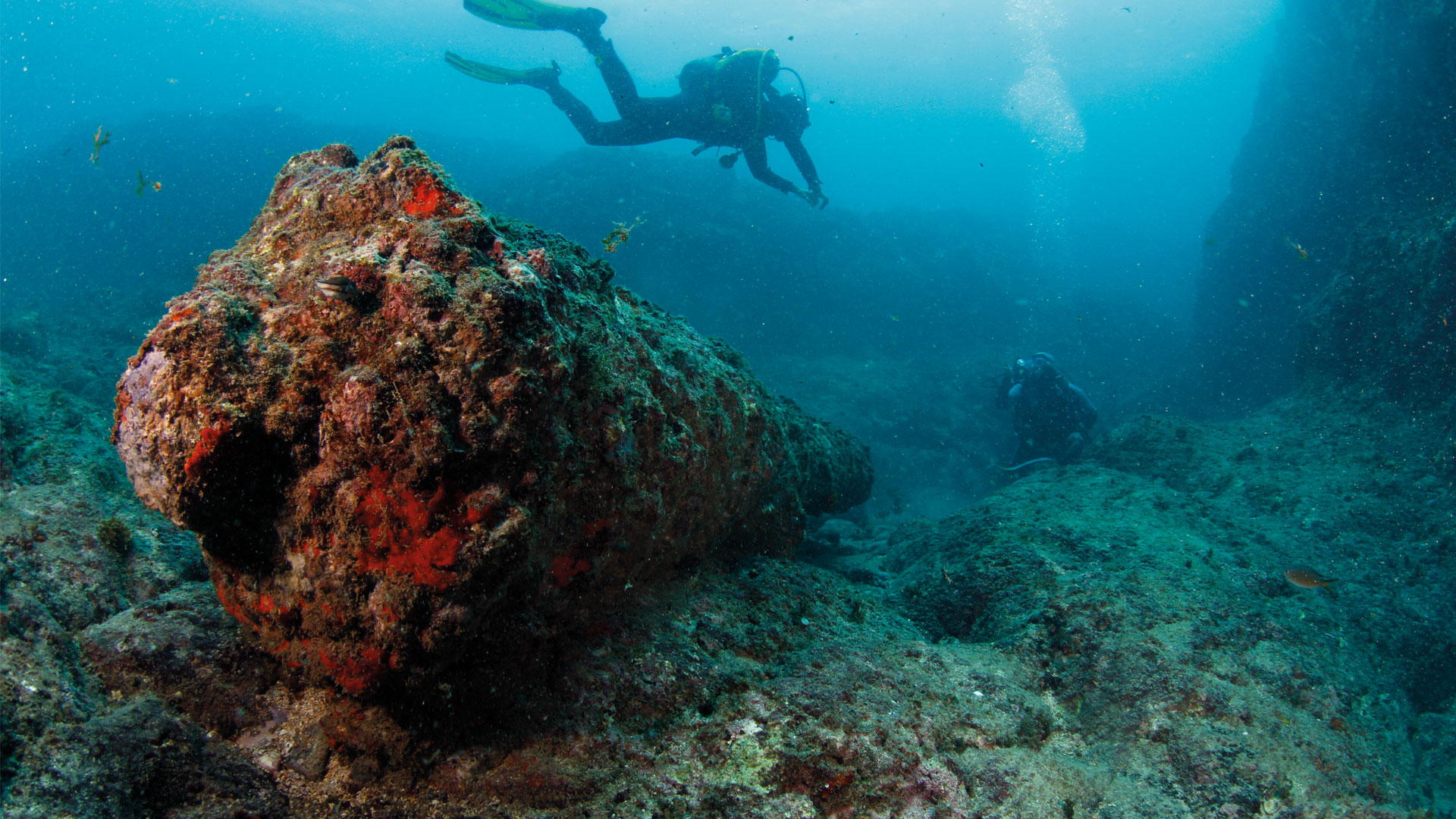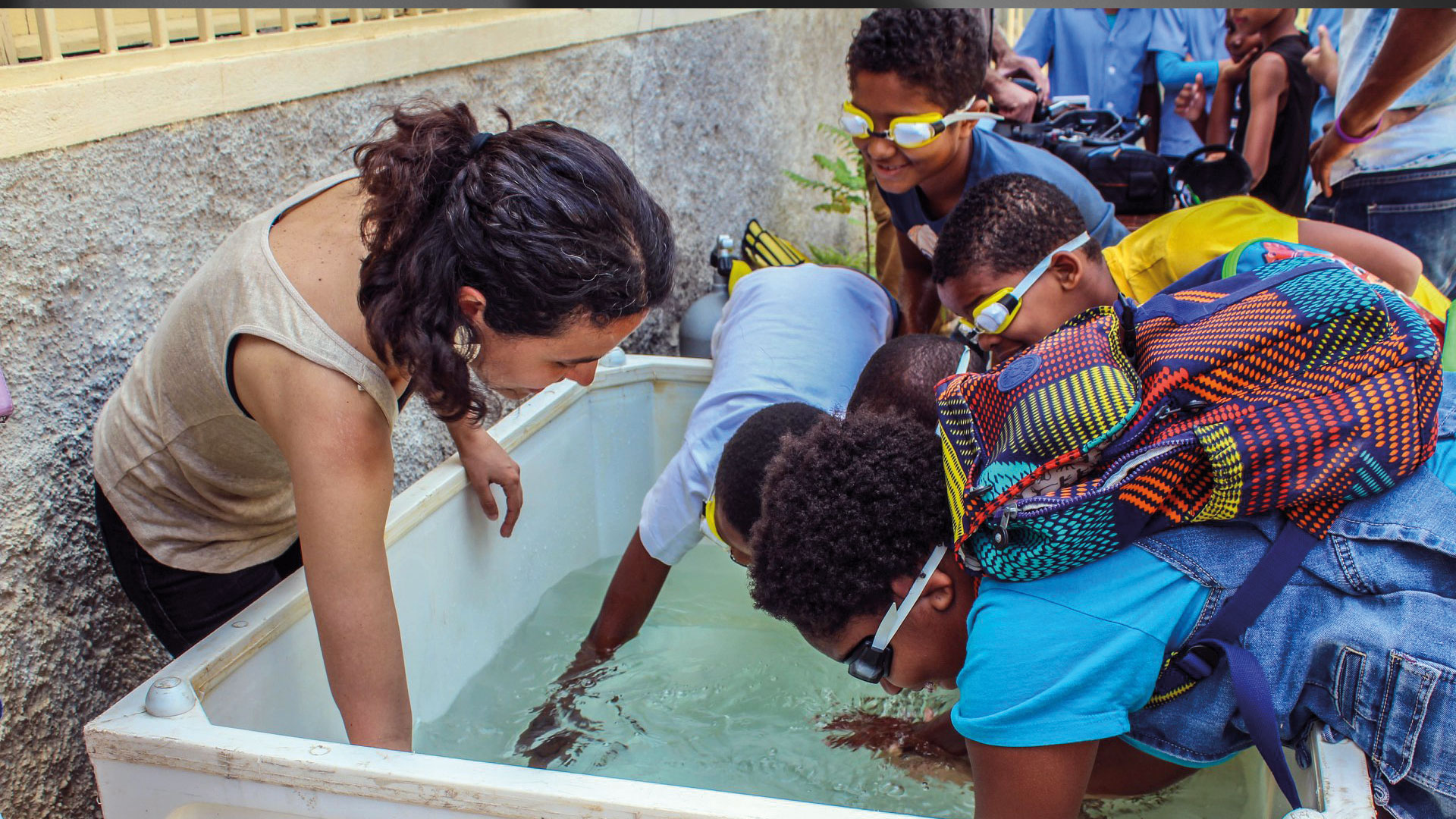Cape Verde, an archipelago with 10 islands located in the Atlantic Ocean, was one of the Atlantic ports of call for the ships on the routes between Africa, Europe and America and a major slave entrepot between the 15th and 18th centuries. This strategic position resulted in an important and diverse underwater archaeological record, with several shipwrecks from different historical periods lost around the islands. Only accessible by ship until the 20th century, the recording and study of the underwater cultural heritage (UCH) of Cape Verde constituted a major source for the study of the occupation and development of the archipelago.
In 2018 started the project “CONCHA: The construction of early modern global Cities and oceanic networks in the Atlantic: An approach via Ocean’s Cultural Heritage”, with NOVA FCSH as coordinator, Cultural Heritage Management Institute of Cape Verde (IPC), and EVEHA International consortium partners. The project aimed to study the development of port cities around the Atlantic. Different stages of navigation in the Atlantic were represented by archaeological artefacts in National Archaeological Museum: pottery vessels, navigation instruments, weapons, cargo containers, elephant tusks, pocket watches, among other artifacts. Despite this diversity, IPC lacked georeferenced location of the explored archaeological sites, and their current preservation conditions – fundamental information for managing UCH. After CONCHA, three underwater archaeological sites were relocated and surveyed. The documentation of the sites launched the basis for the construction of a georeferenced inventory of Cape Verde UCH, an essential managing instrument for adopting protective and monitoring measures towards the preservation of this heritage. Site recording was made through photogrammetry, based on the systematic and extensive photo coverage of the remains (2418 photographs in Cidade Velha, 2078 photographs in São Francisco Wreck, and 1742 photographs in Urânia wreck). This method has a large potential that goes beyond research, allowing mapping; dissemination on digital interfaces; support to visitation itineraries for economic and touristic development; and data comparison from periodical monitorization to assess their evolution and determine risk of loss or menace by environmental factors or human actions.
Research results of the surveys allowed the identification of the remains of one wooden vessel in Cidade Velha anchorage site, previously unknown, and two areas with coherent groups of archaeological remains that suggest different archaeological deposits. Also, the initial study of São Francisco wreck and artefacts suggest a ship from Spanish origin involved in the Atlantic slave trade and the deposition model of Urânia remains allowed to new interpretations about the wrecking.
CONCHA project has contributed for 1) supporting the creation of management tool for Cape Verde UCH, 2) the development of shipwreck and anchorage sites knowledge and research, 3) supporting Cape Verde ratification of the UNESCO Convention on the Protection of Underwater Cultural Heritage, engaging with maritime authorities, and raising awareness activities with local schools, reaching about 100 students, and the community to engage with the protection of underwater heritage. Moreover, at an international level, the project results contributed to the increase of knowledge about the ships that landed Cape Verde, important in comparative studies with other Atlantic islands.
The impact and the changes obtained by CONCHA project resulted from a joint effort among NOVA FCSH, IPC and EVEHA, with the support of National Coast Guard and Maritime Police during the field surveys, and Emanuel Charles de Oliveira, a well-known local and international supporter of Cape Verde UCH that shared its knowledge and experience about the archaeological sites. The research impact started in Academic forums and has been developed until 2023. To sum up, CONCHA actions supported the recognition of Cape Verde UCH importance, safeguard with legal instruments, and engage with of local communities in its protection.
The beautiful task of making the inhabitants of the planet aware that what we call Earth is, fundamentally, Water.
Juan Marchena Fernández


